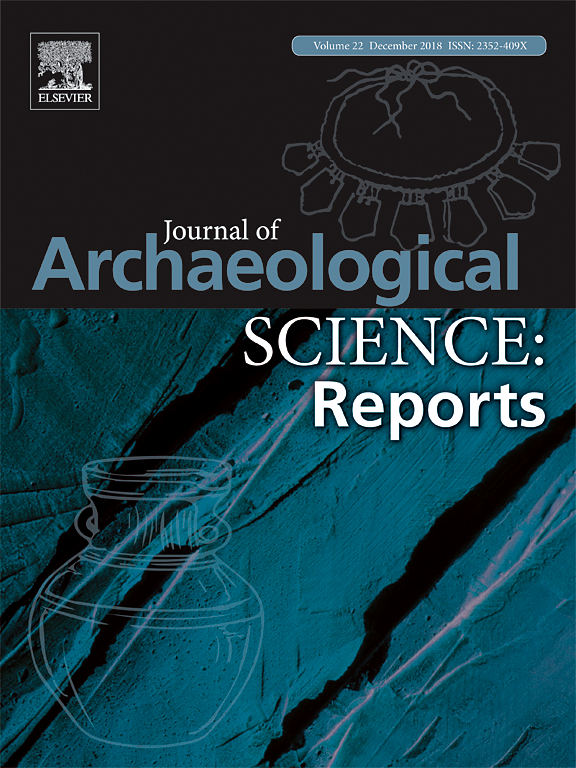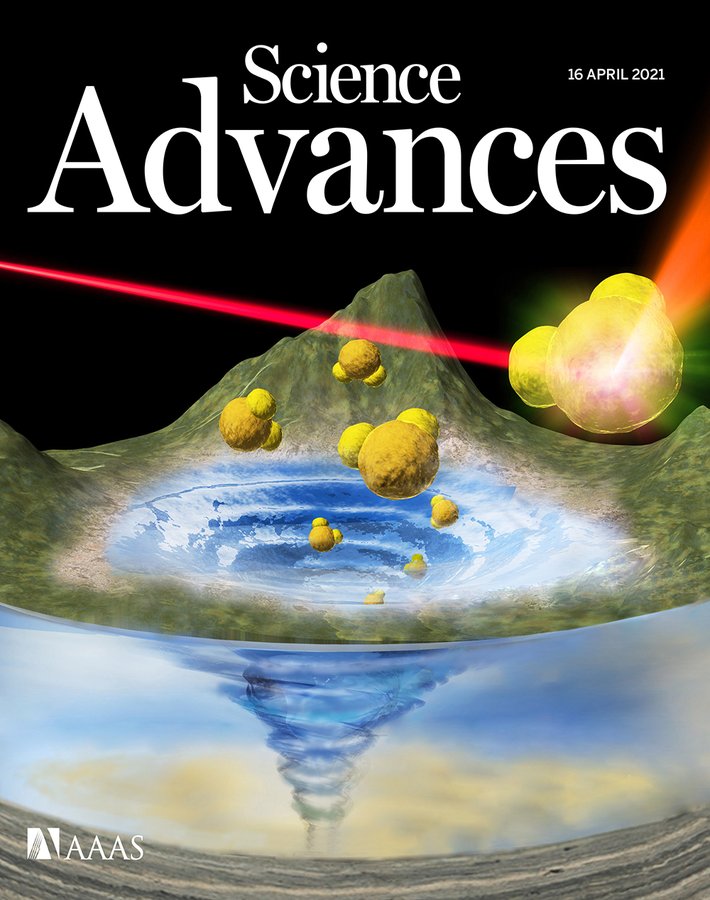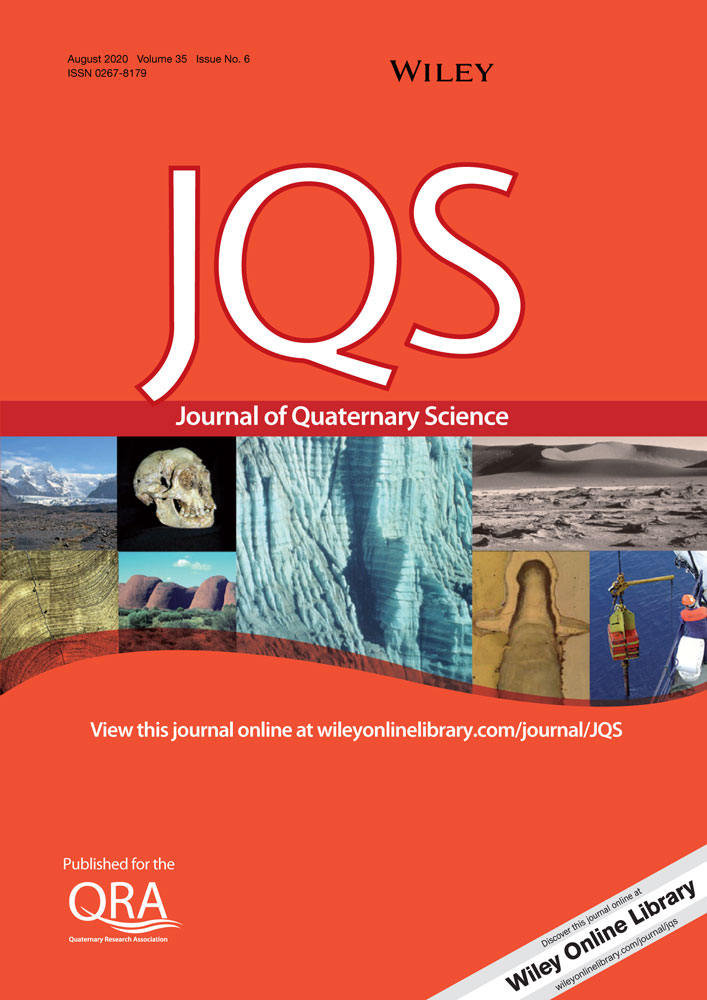Publications
Morphological Analysis of the Bone Serrated Points from Early Neolithic Complexes of Shamanka 2 Burial Ground [in Russian]
An analysis of the bone serrated points from the burial complexes of Shamanka 2 burial ground is presented. The origin of the collection makes it “ritual”, which may explain the large number of undamaged items. Several spikes have been broken intentionally at the time of their interment. Supposedly, several points have been specifically made for interment. In accordance with the morphological analysis, we have identified two groups of serrated spikes: (I) detachable tools and (II) non-detachable tools. Differences [...]
Middle Holocene hunter–gatherer mortuary practices in the Little Sea microregion on Lake Baikal, part I: Early Neolithic
Archaeological research on Cis-Baikal Early Neolithic mortuary practices has traditionally focused on the Kitoi mortuary tradition with its rich materials known from several large cemeteries of the Angara Valley and Southwest Baikal. Assemblages that do not fit that description have attracted much less attention. Currently, in Cis-Baikal, the Little Sea microregion has the highest number of such graves. The mortuary variation displayed by this material (31 burials from 26 graves at 8 localities) allows their provisional classification into [...]
A four-stage approach to re-associating fragmented and commingled human remains
Bioarchaeological and forensic anthropological methods are limited in their ability to re-associate human skeletal remains that have been both fragmented and commingled. Although many methods for individualizing commingled remains exist, they are rendered ineffective when the level of fragmentation is high. In these contexts, human remains are often approached similarly to faunal assemblages, regarded as sets of fragmented elements rather than as groups of fragments representing an individual. This paper introduces a new, four-stage approach to identifying discrete [...]
Breakthrough in purification of fossil pollen for dating of sediments by a new large-particle on-chip sorter
Particle sorting is a fundamental method in various fields of medical and biological research. However, existing sorting applications are not capable for high-throughput sorting of large-size (>100 micrometers) particles. Here, we present a novel on-chip sorting method using traveling vortices generated by on-demand microjet flows, which locally exceed laminar flow condition, allowing for high-throughput sorting (5 kilohertz) with a record-wide sorting area of 520 micrometers. Using an activation system based on fluorescence detection, the method successfully sorted 160-micrometer [...]
Building a high-resolution chronology for northern Hokkaido – A case study of the Late Holocene Hamanaka 2 site on Rebun Island, Hokkaido (Japan)
Archaeological radiocarbon dating in coastal northern Hokkaido is challenged by the marine reservoir effect and the scarcity of materials with terrestrial carbon sources. This has contributed to gaps and general uncertainty in the timing of the region's culture-historical periods. The Late Holocene site of Hamanaka 2 on Rebun Island, featuring a stratified shell midden context with excellent preservation of organic remains, provides an ideal setting for addressing this issue. A Bayesian chronological model was deployed to study the [...]
Not herbs and forbs alone: pollen‐based evidence for the presence of boreal trees and shrubs in Cis‐Baikal (Eastern Siberia) derived from the Last Glacial Maximum sediment of Lake Ochaul
A new accelerator mass spectrometry (AMS)‐dated sedimentary record from Lake Ochaul (54°14′N, 106°28′E; 641 m a.s.l.) in Eastern Siberia covers the interval from ca. 27 850 to 20 400 cal a bp at ca. 180‐year resolution and contributes to a better understanding of the complex spatial vegetation pattern during the Last Glacial Maximum (LGM). Non‐arboreal pollen taxa are abundant in the pollen assemblages (mean value ca. 92.6%), but boreal trees are represented by all major taxa that grow in the lake catchment today, [...]





